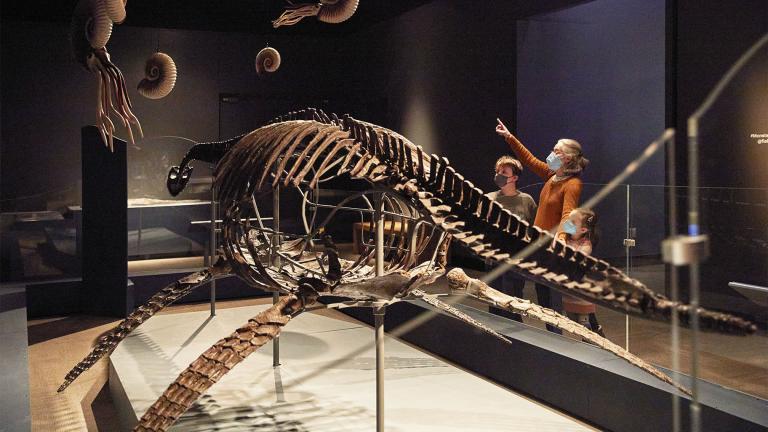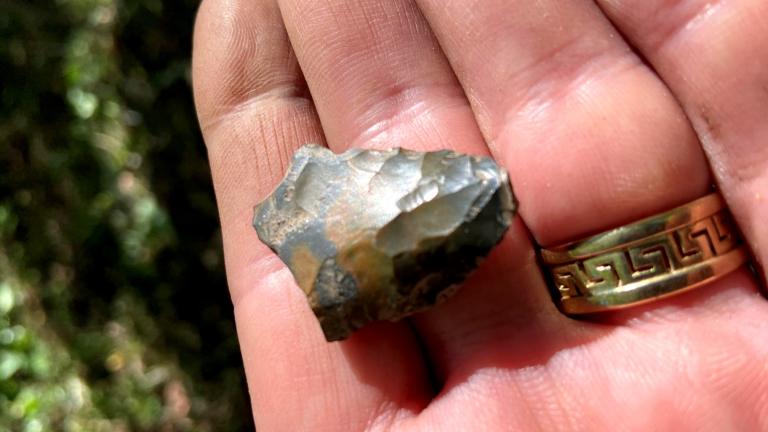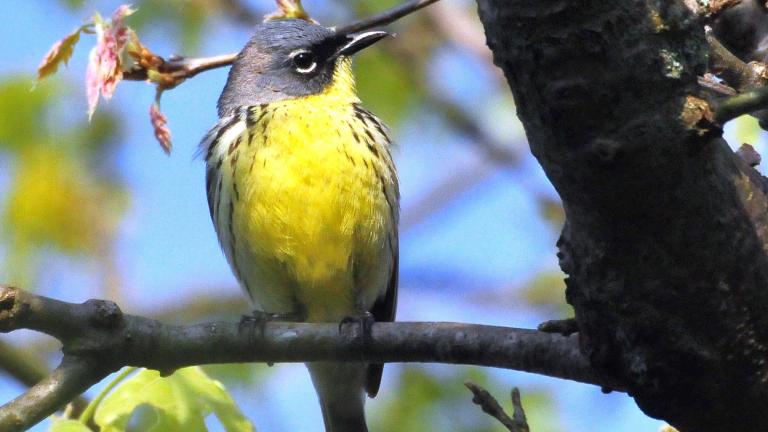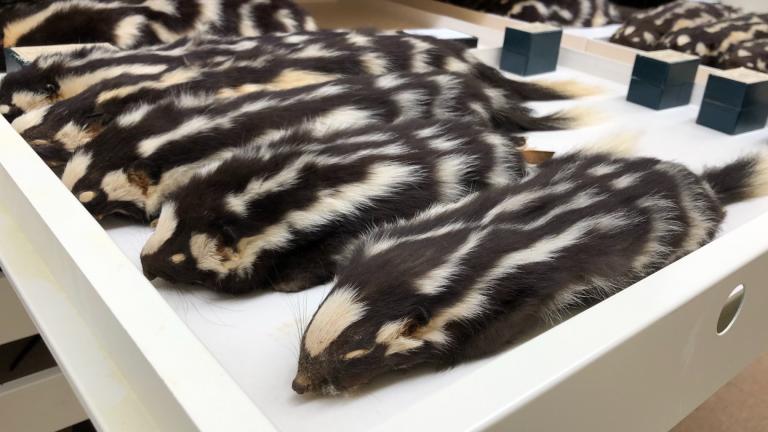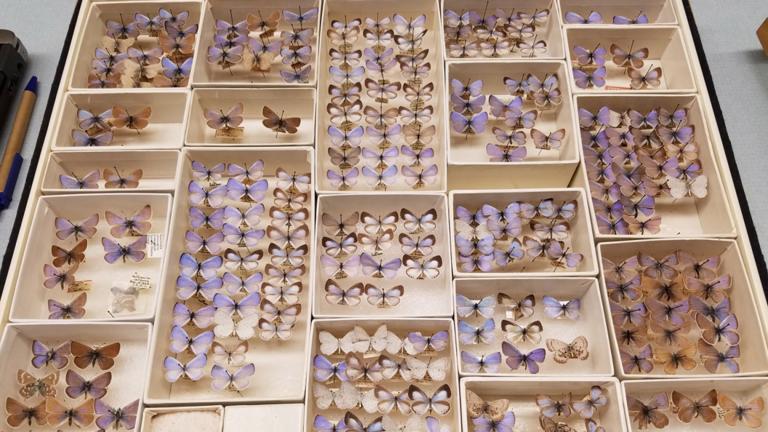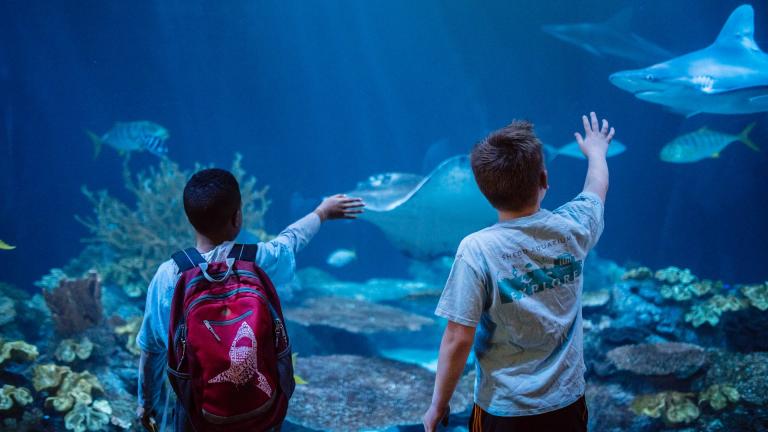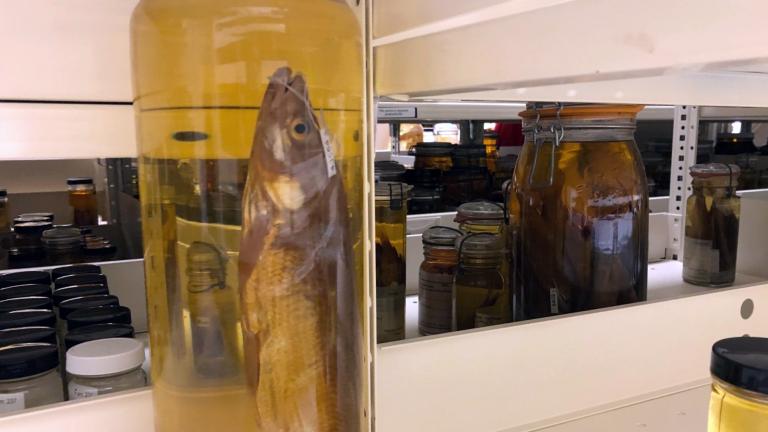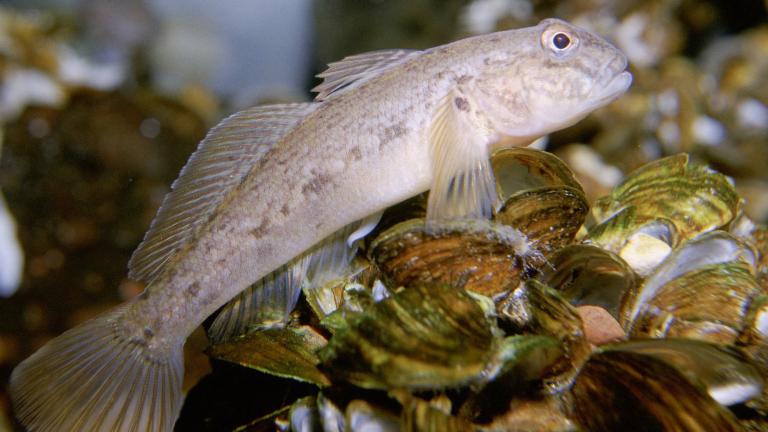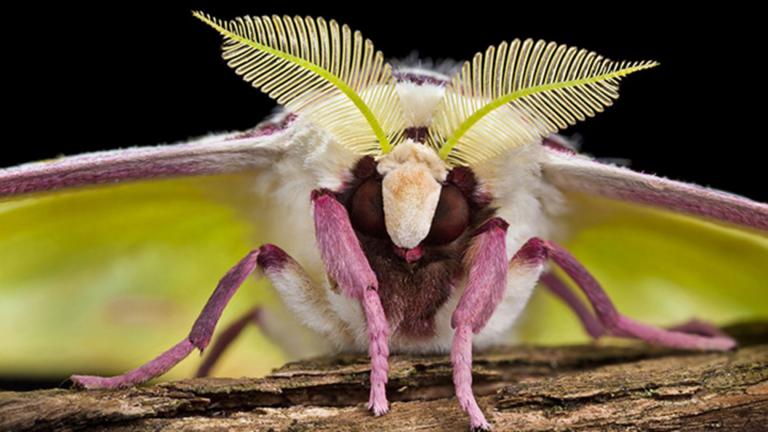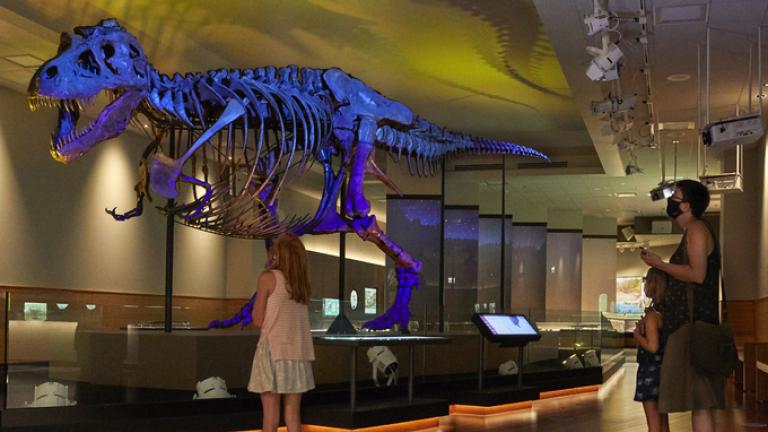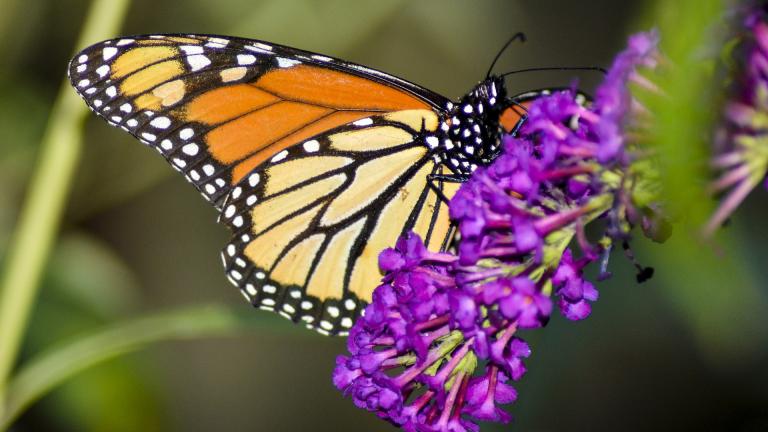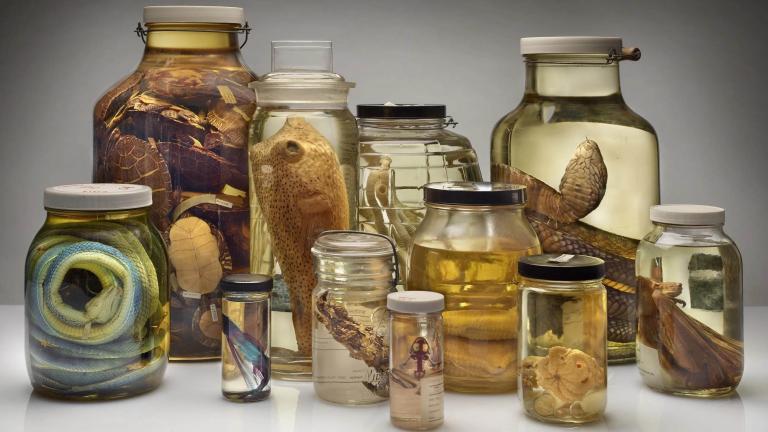The Field Museum is diving deep to introduce visitors to underwater wildlife that lived 200 million years ago. We have a preview of the exhibition “Jurassic Oceans – Monsters of the Deep.”
Field Museum
Delivering on a promise she made when the owners of the Chicago Bears announced their purchase of the Arlington International Racecourse property, Mayor Lori Lightfoot announced the members of a working group tasked with reimagining the city’s lakefront museum campus.
With new tools at their disposal, archeologists are revisiting a prehistoric site discovered 40 years ago at what’s now Midewin National Tallgrass Prairie. “What we have here is a real unique opportunity to talk about how humans used this landscape over the last 10,000 years,” one researcher said.
Chicago scientist Heather Skeen studied the gut bacteria of the migratory Kirtland’s warbler and made a surprising discovery with potentially far-reaching implications.
Scientists have uncovered the fossil of a bird that lived 120 million years ago, and it definitely had flair, including unusually long tail feathers. These flashy feathers probably didn’t help the bird achieve aerodynamic flight, but they might have helped him find a mate, according to new research.
People who don’t study mammals for a living may be surprised to learn there’s more than one kind of skunk — and scientists affiliated with the Field Museum have uncovered members that had been hiding in plain sight.
Despite its diminutive size, the butterfly famed for its iridescent wings is a giant within the conservation movement, cited as the first case of an insect extinction that can be attributed to urban development.
A photo snapped by a Field Museum anthropologist in 1947 was labeled “schoolgirl” for 72 years. That student now has a name, and her story is part of a new exhibit about the Marshall Islands.
To coincide with the reopening of Chicago, a number of museums will stay open late on Friday for an after-hours experience.
Millions of specimens collected by the Field, not for exhibits but for scientific study, are unlocking mysteries of evolution and could answer questions about climate change.
Working with specimens in the Field Museum’s collections, researchers from Loyola University Chicago found microplastics in fish dating back to the 1950s. “Plastic is everywhere,” the scientists said.
“Wild Color,” making its debut in October, will immerse visitors in all the colors of nature, while returning fan favorite “Biomechanics: The Machine Inside” will explore the engineering behind the bodies of humans and animals.
The ongoing battle to legitimize native gardens in Chicago is about to go another round, with the introduction of an ordinance to establish a native garden registry. But gardeners want to know why they’re bearing the burden of erroneous weed law enforcement.
The Field Museum is reopening to members on Thursday and the general public on Saturday, with safety precautions in place. Next week, the museum will offer free admission to Illinois residents on select days.
Traveling more than 2,000 miles every year, the migration journey of monarch butterflies links the United States and Mexico in a way no trade agreement or cultural exchange ever could.
The Field Museum is looking for volunteers to help digitize 100-year-old handwritten field notes and specimen labels in order to make the information more accessible to researchers.

